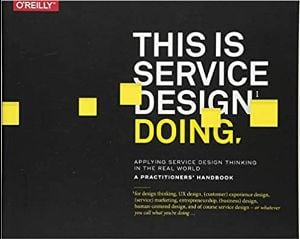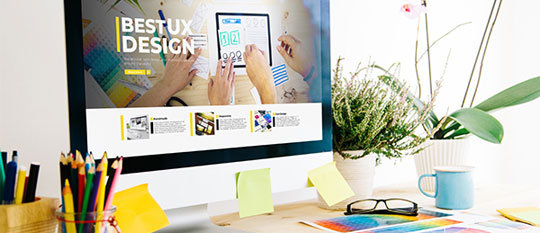Marketers and communicators need to understand what Service Design (SD) is and how it fits into their responsibilities when planning and designing the new company website, online portal or employee Intranet.
While the term User Experience (UX or UE) is a staple in our profession, the term Service Design (SD) is less used and understood. UX is a term coined by usability engineer Don Norman when he worked for Apple in the mid-’90s. With UX, Norman has us consider the “perceived affordance” or relationship between the user and an object. In website terms, UX describes the way a website feels to a user.
One analogy is the automobile, where the steering wheel, gauges and controls are all located in predictable places. An example of this is when you get into a rental car and it feels familiar and accessible, and you instinctively know where to reach to adjust the seat and so forth. That is good UX.
In a similar fashion, all the parts of a website should also feel just right. A visitor should not have to waste time locating a phone number, puzzling over a non-standard function, or trying to figure out an overly complex navigation system. Everything needs to be readily accessible, and that is the point.
“I walk around the world and encounter new objects all the time. How do I know how to use them?”Don Norman
Director of The Design Lab at the University of California, San Diego and co-founder of the Nielsen Norman Group
Service Design follows a process of human-centred design where solutions incorporate the human perspective in all steps of solving a design or management problem. With Service Design, planning includes a broad scope and considers the material components (goods) and immaterial components (services) that an organization provides in relation to the many ways and contexts that the end-user will interact with the organization – basically the design of an exchange. To use an analogy, if UX is the surface of the ocean, then Service Design is all the matter and life below.
Service Design is about designing for the big picture. It encompasses all the complex interactions that a user experiences when they interact with your business at every step along their journey. And it is not only about the customer; Service Design is a holistic set of processes that factors in service providers and all relevant stakeholders – employees included – into the exchange.
“…the activity of planning and organizing people, infrastructure, communication and material components of a service in order to improve its quality and the interaction between service provider and customers. The purpose of service design methodologies is to design according to the needs of customers or participants, so that the service is user-friendly, competitive and relevant to the customers.”

In This is Service Design Doing: Applying Service Design Thinking in the Real World, by Adam Lawrence, Jakop Schneider, Marc Stickdorn, and Markus Edgar Hormess, the authors propose six service design principles:
Service Design is:
- Human-centred: Considers the experience of all the people affected by the service.
- Collaborative: Stakeholders of various backgrounds and functions should be actively engaged in the Service Design process.
- Iterative: Service Design is an exploratory, adaptive, and experimental approach, iterating toward implementation.
- Sequential: The service should be visualized and orchestrated as a sequence of interrelated actions.
- Real: Needs should be researched in reality, ideas prototyped in reality, and intangible values evidenced as physical or digital reality.
- Holistic: Services should sustainably address the needs of all stakeholders throughout the entire service and across the business.
Understanding the service exchanges between an organization and its customers can help to better align customer needs with a company’s processes. If there are exchange friction points, these can serve as opportunities to correct organizational shortcomings, improve brand perception, and bridge the gap between customers and the organization.
“Service Design is all about making the service you deliver useful, usable, efficient, effective and desirable.”The UK Design Council
Marketers bring valuable expertise in research and planning to the process of Service Design for organizations that are rethinking or refining their service delivery through the use of digital tools.
If you are looking to improve service delivery through digital transformation in your organization, contact Graphically Speaking.



















